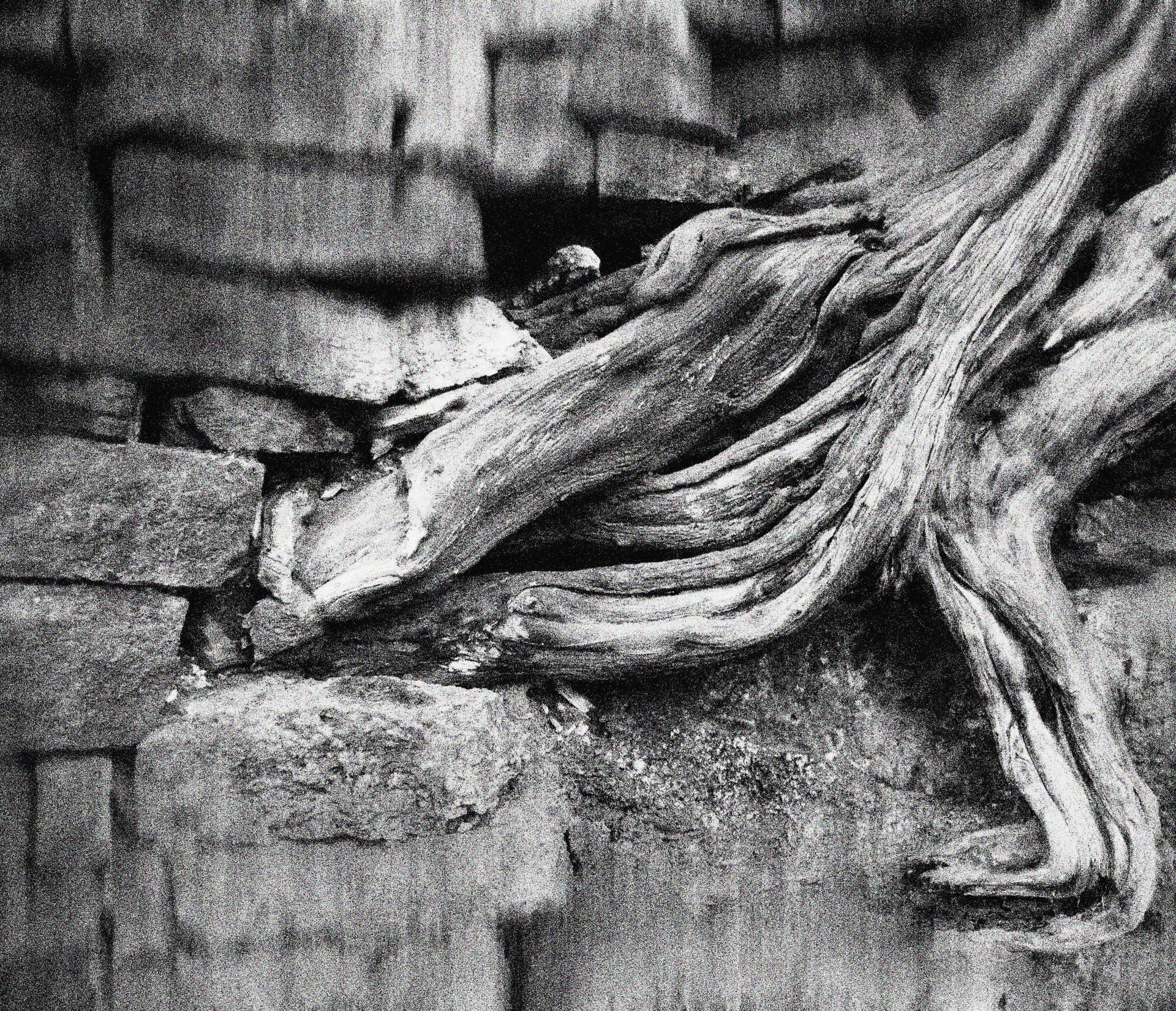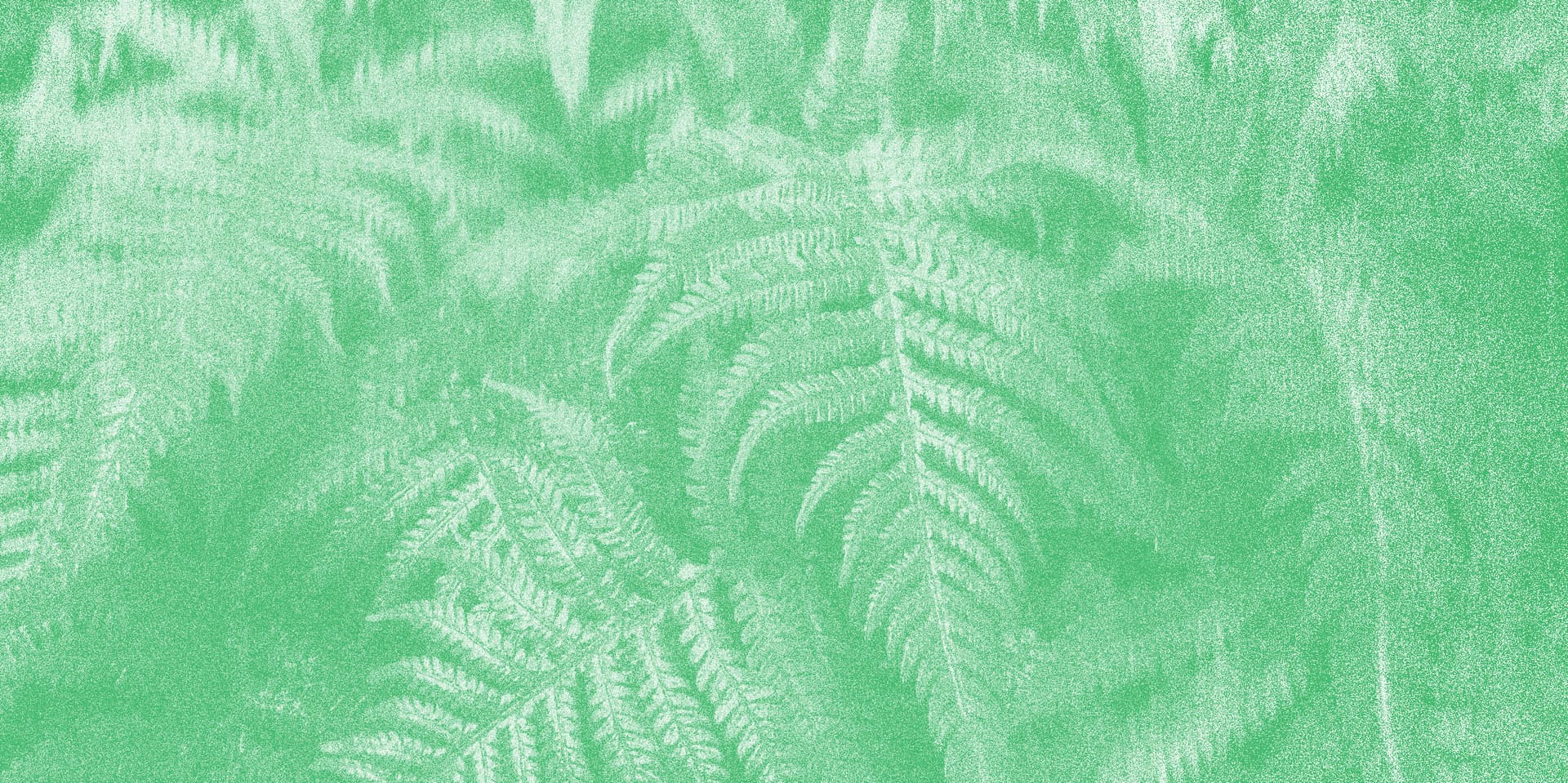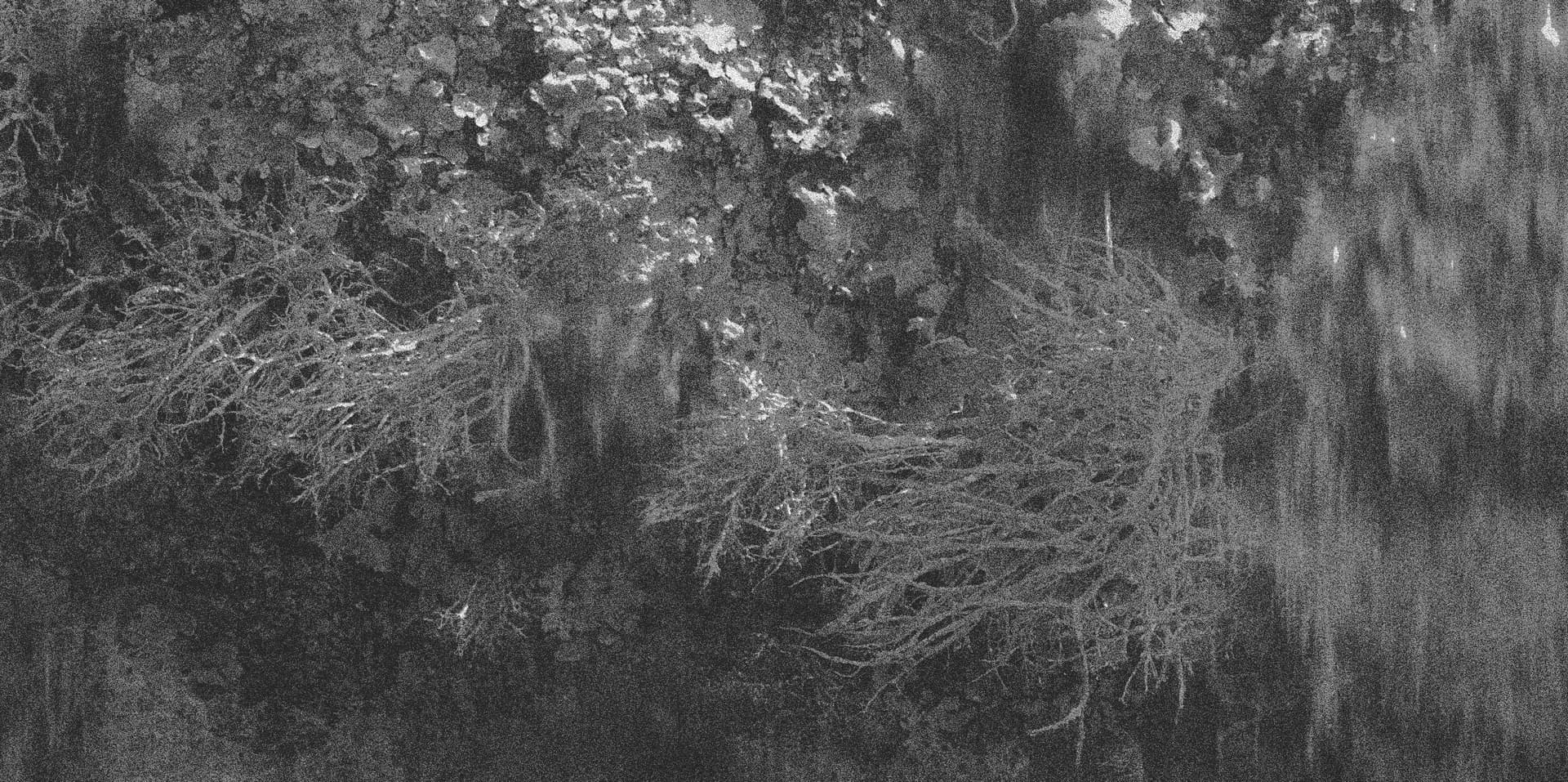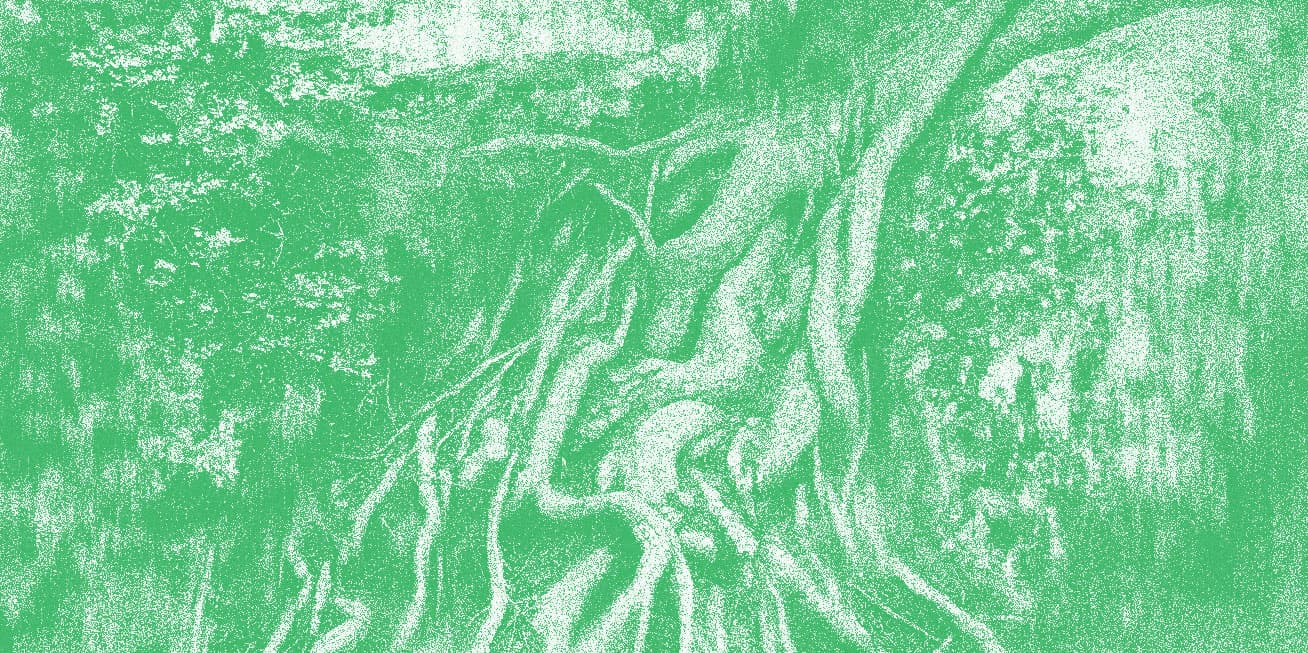The Degrowth Toolbox
For Artistic Practices
0.2

Introduction
The Degrowth Toolbox for Artistic Practices is both a proposal and an invitation. Emerging from an ongoing artistic research process, The Toolbox asks:
How can a degrowth approach to the arts be imagined and implemented? Art is often mobilised within activist movements in the service of social change, but how can activist values enter artistic practices to create a more equitable and humane field?
The purpose is to formulate a conceptual framework for creative and exhibitionary practices aimed towards degrowth, while simultaneously composing a toolbox for artists, curators, as well as institutions, aimed towards designing ethical and sustainable creative practices during this period of prolonged social crisis and beyond.
The material here begins with a brief overview of the concept of degrowth, to then move on to some key values and disavowals. Based on these, The Toolbox puts forward a set of strategies directed towards creating greater equity in the arts.
The Degrowth Toolbox for Artistic Practices offers some starting thoughts, some positions and provocations – but the material presented here is offered as a proposal, as a starting point for further dialogue, as something to build upon and to dismantle. It is not presented as authoritative nor resolved.
Degrowth
Emerging from the field of political ecology, degrowth signifies, first and foremost, a critique of the narrative of perpetual economic growth, and of the centering of growth as a social objective.
Beyond this critique, degrowth also proposes possible alternatives. While it emerges from multiple streams of ecological and social thought and consequently does not stand for a single unified vision of a “de-grown” future,
Degrowth is thus a way to bring forward a new imaginary which implies a change of culture and a rediscovery of human identity which is disentangled from economic representations.

Values
Well-being
Well-being in the literature of degrowth is understood as the fulfilment of fundamental human needs, encompassing not only material comfort but also social relationships, autonomy, ecological sustainability, and a sense of purpose. It involves a balanced and equitable distribution of resources, fostering resilient communities, and a lifestyle that respects the ecological limits of the planet. This contradicts the most common metrics of “well-being” within capitalist society, such as material wealth.
Care
Care is fundamental work for the welfare of people and communities. Generally speaking, it’s all the daily actions devoted to sustenance, reproduction and the contentment of human relations. This already touches all facets of human life, but to focus within the art world, this includes all of the unseen work that goes into making sure everything runs smoothly: that the space is cleaned, coffee and wine are available, admin is taken care of, fellow collaborators don’t kill each other.
Understanding and valuing care requires a recognition of our inherent interdependency – no one is self-made, and we all must rely on one another in order to survive and thrive.
Community / Collectivity
Community is understood here as a collective and interconnected social entity characterised by shared values, mutual support, and a commitment to a shared goal. It’s important here to not fall into the trap of an idealised depiction of community as a place of unconditional love and support (such a thing does not exist), or as a vague catch-all term denoting a group of people who presumably have the same experiences or interests (that is, of course, presumptuous). Communities are fundamentally pragmatic networks of autonomous members based upon reciprocal relationships that must function, and require continued care work in order to maintain their health and functionality.
The emphasis on community and collectivity here works in tandem with the point made in the section on care: pushing back against the idea of the individual as an isolated being.
On a practical level, coming together and pooling resources creates a synergy effect – leading to a more intensive and diverse use of resources, and therefore to a strengthening of a solidarity-based culture of contributions. This, in turn, can promote mutual inspiration and local support. And, of course, in terms of bringing about change in the art world: the reality is that no systemic change can be achieved by lone individuals, and when we work alone we are much easier to push around.

Disavowals
Efficiency
The emphasis on efficiency in a traditional sense tends to prioritise maximising outputs with minimal inputs, a mindset deeply embedded in the logic of the capitalist marketplace. This approach, while seemingly effective in a neoliberal art system, is unsustainable and incompatible with artistic practice. Efficiency goes against:
- depth,
- complexity,
- nuance,
- exploration,
- experimentation,
- reflection,
- evaluation,
- re-evaluation,
- discussion,
- criticality,
- participatory processes,
- inclusion of multiple points of view,
- and caring frameworks.
All of this in favour of:
- easily quantifiable outcomes,
- and met deadlines.
Efficiency, of course, is practically enforced when one is working on multiple projects at once (see hustle culture), trying to maximise professional opportunities in highly competitive fields.
Competition
“So much of the way that the art world is structured favours competition. Grants are competitive. Art schools stage student competitions. Students compete for funding. Hundreds compete for a single art school teaching position. Professors compete with other professors. Artists compete with artists – stealing ideas instead of sharing them, or using copyright laws to guard against thoughtful re-use. Artists compete for shows in a limited number of exhibition spaces instead of finding their own ways to exhibit outside of these competitive venues. Artists conceal opportunities from their friends as a way of getting an edge up on the capital-driven competition. Gallerists compete with other gallerists and curators compete with curators. Artists who sell their work compete for the attention of a limited number of collectors. Collectors compete with other collectors to acquire the work of artists.
This is a treadmill made from decomposing shit that is so devoid of nutrients that even its compost won’t allow anything fresh to grow.
Despite the recent wave of socially engaged artistic practices and collectives entering the mainstream, we have yet to shake off the pervasive myth of the lone genius artist. The reality for most of us is that we are still lone individuals engaged in constant competition with each other: competing for work, for exhibition space, for attention, even for education. The more you win these “competitions”, the more you will continue to win, the more resources you accumulate.
Working against the competitive model can lead not only to more caring and convivial conditions for art-making – it can also set the groundwork for truly critical professional relationships. To quote Mark Fisher again: Who better to kick your ass a little than your collaborators? Collaboration on equal footing, by its nature, leads to a healthy exchange of feedback and criticism.
Hustle culture – or Constant overwork
Arising from the embrace of well-being as a value and the rejection of capitalist ideas of efficiency comes the rejection of hustle culture: the rejection of the constant pressure to produce work, to be shown, to build your CV, to market, to be on brand, to constantly consider how any and every facet of your life can be somehow turned into an art product, to then in turn consume as much art and artistic literature as possible. This relentless pursuit of constant productivity places an unsustainable burden on individuals. Hustle culture glorifies busyness as a status symbol, creating a false narrative that one's worth is directly proportional to their level of activity.
This is not only ridiculous in itself, it is also damaging – to our physical and mental health, and to the world around us as we furiously burn through resources. The obsession with overworking and constant achievement not only leads to burnout but also perpetuates a toxic cycle that prioritises quantity over quality.
The heightened anxiety over productivity which plagues the arts is, of course, due in large part to the particular financial precarity of our field. We must question how much our participation in the structures that keep us precarious perpetuates the existence of the structures themselves.
The over-reliance on grant-givers, galleries, museums, collectors, and commissioners
It often seems that there are only two pathways an artistic project can take: one is to follow the directives of the art market; the other is to follow the directives of state-backed grant-givers. The market-driven approach reduces artistic endeavours to decorations and investments, prioritising production efficiency and profitability above all, as has been pointed out many times. The grant-based approach, on the other hand, leads to projects that are bureaucratised from the get-go – ideas are sanitised and squeezed into the confines of an application’s character limit. We often have projects that are designed to be at their best as proposals, optimised for approval by committees of strangers before they’re allowed to be haphazardly realised. Either way, because the money we get from sales and grants is just enough to barely keep us going but never enough to allow us periods of undirected and free work, we are often forced to shift our entire practices towards producing these empty projects.
By continuing to play by the rules of these institutions we are indirectly legitimising and perpetuating them – to the detriment of not only our individual practices, but also to the practices of others (as these institutions continue to reinforce the dominance of certain voices while marginalising the rest), and to the possibility of creating alternative structures.
Moving away from the “protection” of market and state institutions, we have more opportunities to work collaboratively, to support each other professionally, mentally, and emotionally in our artistic endeavours.
When we do choose to work with grant-givers, galleries, museums, collectors, and commissioners, we always have the option to strategically use our positions and resources in order to create spaces for community-building; or even to entirely redirect our resources towards other, socially transformative purposes.

Strategies
Slowness / Laziness
Slowness and laziness come here as the direct opposites of and antidotes to efficiency and overwork. Embracing a certain degree of laziness challenges the relentless pursuit of constant activity and output. It encourages us to resist the narrative that busyness equates success and to prioritise moments of rest and reflection. In these moments of apparent inactivity, ideas compost beneath the surface, and a more deliberate approach to artistic production can emerge. Intentionally pivoting towards slowness and laziness within our artistic practices represents a radical departure from the prevailing obsession with productivity and a move towards well-being.
Making care work visible
The vast majority of the labour that goes into artistic projects is entirely unseen and peripheral to what we consider art-making proper. As mentioned in care, it is the endless maintenance work of making things run smoothly: the labour of facilitators, fabricators, organisers, supporters, and even educators, which usually goes uncredited and underpaid (if paid at all).
Within a system that shines the spotlight only on the so-called “author” of a work, making this behind-the-scenes work visible undermines the myth of strictly individual achievement and paints a much more accurate picture of people’s contributions to a creative process. This is important for more than simple honesty – as this care labour is primarily done by marginalised art workers, naming and honouring their contributions enables us to break them out of the “background” and allow them to be appreciated for their own merits. It also sets the foundations to demand proper remuneration for care work on an institutional level.
Sharing resources
In a field where access to resources often determines visibility and success, sharing becomes a means of democratising opportunities. It breaks down barriers to entry within the art world for those who might be marginalised or excluded, allowing a diverse range of voices and perspectives to emerge. The act of sharing extends beyond mere material resources; it encompasses mentorship, support, and the creation of communal spaces where artists can work collectively.
By sharing tools, spaces, and knowledge, we can create a network of support that transcends the boundaries of individuals and individual projects. This collaborative spirit not only enriches our artistic endeavours but also fosters a sense of solidarity among art workers. The exchange of resources becomes a form of mutual aid, strengthening the artistic community's resilience against challenges and fostering a culture of reciprocity.
Creating alternative and independent spaces and platforms
Alternative and independent spaces are fundamental for the existence of a vibrant artistic discourse. They offer a refuge for experimentation, enabling artists to explore themes and forms that might be deemed too radical or unconventional by established venues. They also allow younger artists to find their footing in the local scene, and give all local artists opportunities to meet and work together, contributing to community-building. Independent and alternative spaces become hubs for collaboration, dialogue, and the exchange of ideas, fostering a sense of belonging among artists who may feel marginalised or underrepresented in mainstream settings. In this way, alternative spaces play a crucial role in dismantling hierarchies and thus challenge the status quo. They become vital agents in the decentralisation of cultural authority, creating a more democratic and accessible avenue for artists to share their work with the public.
Self-organisation
At its core, self-organisation champions the idea that individuals, whether working independently or collectively, possess the capacity to imagine, define, and act independently and consciously. This autonomy extends to freedom from dependencies on external authorities, allowing artists to take full ownership of their own artistic practices.
Furthermore, self-organisation embodies a paradigm shift away from hierarchical structures, placing emphasis on collaboration, autonomy, and shared decision-making. One of the key strengths of self-organisation lies in its adaptability and responsiveness to the needs of artists and their communities. By avoiding rigid bureaucratic structures, self-organised initiatives can swiftly address emerging challenges, experiment with innovative approaches, and remain resilient in the face of external pressures.
Redirection of institutional resources (or: being sneaky)
The vast majority of us have no option but to engage in the institutional game: we apply for grants, we work with galleries, we hunt commissions. Sometimes, we even manage to be successful in these endeavours. And, the more successful we are, the more opportunities continue to come our way. And, if we’re quite lucky, now and then we’ll find ourselves into (perhaps temporary, perhaps not-so-temporary) positions of privilege – controlling a variety of resources. By bending the rules when we can and redirecting or redistributing some of those resources when we can, we can actively engage in the dismantling of systemic inequalities, contributing to a more just and inclusive cultural landscape.
As we know, in most institutional settings resources have been historically concentrated among a select few, perpetuating exclusivity and limiting opportunities for a more diverse array of artists. The act of redirecting resources seeks to break down these barriers by prioritising inclusivity, amplifying marginalised voices, and fostering a more democratic distribution of support.
This redirection can take various forms, including offering financial help, exhibition opportunities, and educational resources. Financial resources are channelled towards projects that align with values of diversity, equity, and inclusion, ensuring that artists from underrepresented backgrounds receive the support needed to thrive. Exhibition opportunities can be shared with others, bringing forward a broader spectrum of voices, challenging the dominance of certain narratives and perspectives.
Militant optimism – or, utopianism as strategy
Distinct from mere naïve optimism, which is blind to power and awaits with hope some kind of automatic transformation, militant optimism identifies hidden possibilities and acts like a kind of amplifier, making [possible, concrete utopias] visible, engaging them actively, and weaving them into new configurations. Concrete utopias also have a prefigurative and performative power: they open up space for imagining alternatives and in doing so they act against the effectiveness of TINA-narratives (TINA: there is no alternative).
Militant optimism implies a proactive, determined approach to cultivating hope proposing counter-hegemonic narratives. It rejects passive acceptance of the status quo and embraces the belief that, through collective effort and creative action, a better future is not only possible but achievable. This optimism operates as a driving force, motivating people to engage with the world in transformative ways.
This complements the notion of utopia, framed as not “something unfeasible and unattainable, but instead as a description of a desired world to come", that "fosters a likelihood of change, and points to an unfulfilled future that differs from the present". Thus, it contains both a description and a process. Utopianism, like utopia, contains a description and a process, but puts a particular emphasis on the latter.
For many, talk of “optimism” and “utopia” sounds hopelessly idealistic and naive, if not outright cringeworthy. But, why should we surrender imagination? To whom are we supposed to relinquish the possibilities of our future? Defeatism is a self-fulfilling prophecy. If not even artists cannot allow themselves to be idealistic, then who can?
Navigating contradictions – or, staying with the trouble
The freedom to live and act according to the values one holds is, in some ways, a privilege. Most of us have to compromise our ideals to navigate the practicalities of everyday life within existing systems. We talk about the radical potential of rest and non-participation in the neoliberal system; and then we have to work on multiple crappy projects at once, just to make rent. We work with and for institutions we consider exploitative. We compete tooth and nail for grants, residencies, commissions.
These incongruities can crush any optimistic feeling and make it seem like all attempts at systemic change are pointless. The word “hypocrisy” might come to mind. But then – how possible is it to change a system from the “outside”? Is there even an “outside” that is entirely independent from the “inside”? Is there only one way to bring about change? Is there only one way to be “radical”?
The idea of “staying with the trouble” embraces the messiness inherent in these endeavours. To stay with the trouble means to acknowledge the discomfort of contradictions and to confront challenges and inevitable failures without abandoning the pursuit of transformative change. We must stay with it long enough to adjust, adapt, and try again. The change we’re looking for is the result of a process of continuously proposing, testing, critiquing, and proposing anew; of growing, pushing, cracking, splitting, growing once more.